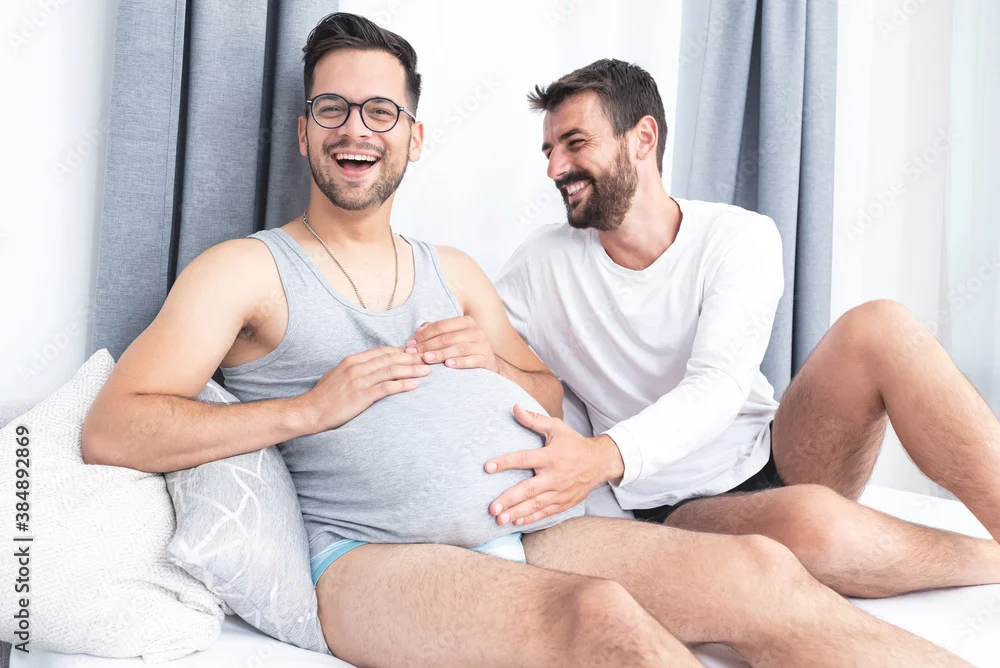Your cart is currently empty!
Letting Our Kids Be Brave: Embracing the Chance of Hurt
When my daughter’s riding instructor, Lisa, calls on a Tuesday morning, I can sense it’s not going to be good news. Lisa usually prefers texting.
“Maya had an accident,” she starts. “She fell off the horse. Her arm is broken.”
My heart sinks. Summer break had just begun a week ago, and with tight finances, we hadn’t planned any big vacations. My husband and I had decided our 8-year-old should have a memorable summer experience, so we enrolled her in a week-long pony camp at the stables where she had been riding consistently for the past ten months. We thought it would be a fun week filled with ponies and friends. We were wrong.
As I drive through the winding back roads, my mind drifts back to our carefree chat just a couple of hours earlier. Maya and her friend, Zoe, were giggling in the backseat, enjoying the thrill of the wind with their arms out the window. “Keep your arms in!” I had cautioned, trying to sound both authoritative and friendly. “If you hit a branch, it could break. You’d miss riding and swimming!” Did I really say that?
Arriving at the stables, I spot a group of girls gathered near the barn, and they quickly direct me to the house across the driveway. Inside, I find Maya lying on the couch, an ice pack resting on her injured arm, while another camper’s mother keeps a watchful eye.
“My arm hurts,” Maya murmurs as I approach.
Later, when asked if she immediately knew her arm was broken, she replies, “Yeah. It looked like I had two elbows.”
The next several hours are filled with pain, waiting, and disbelief. Maya only tears up when she learns she’ll need an IV for the sedative to help set her arm. I, too, feel the tears well up when I hear they must re-break one of her fractured bones to align it correctly. I step outside, overwhelmed.
Maya has always been drawn to animals, preferring them over dolls, and as she grew older, her love for live creatures blossomed. When she started riding, I felt excited yet anxious. Her first pony camp last summer went smoothly, and the riding lessons that followed were mostly incident-free. I often noticed other moms distracted by their phones during lessons, never showing signs of panic. One mom had learned to ride as an adult but stopped after a horse threw her off. “They can sense fear,” she said. “It’s better to learn young when you’re not scared.”
Riding offers so many benefits: outdoor play, exercise, responsibility, and focus. I love that Maya has an activity beyond school. I envision her in a few years, brushing a horse, shedding the worries of friendships and social pressures. The stable seems like a sanctuary where she can connect with nature and find peace.
So, I push aside the risks. I intentionally ignore thoughts of accidents and injuries. I try not to dwell on the stories of equestrian mishaps. When a girl falls during Maya’s first competition and calls for her mother, I look away, trying to suppress my anxiety. Ignoring the danger feels safer, but injuries happen. Just a week and a half after winning a ribbon, Maya falls during pony camp, fracturing her arm in two places.
Thank goodness my girl is resilient. That summer, the second question everyone asks about her purple cast is, “Will you ride again?” Her pediatric orthopedist assures me, “In my experience, young girls who ride can’t wait to get back in the saddle.” Maya confidently responds, “Yes, I will ride again.” But then I start to ponder, should she?
There’s this conventional wisdom urging her to face her fears and get back on the horse. As her mom, I feel pressure to encourage her. I’m the one who insists she wears a jacket when it’s chilly, eats healthy veggies, and gets enough rest. Now, I’m expected to push her back into an activity that caused her pain. Shouldn’t I protect her instead?
Eventually, the next lesson arrives. Maya’s cast is off, replaced by a flexible splint. I wear my sunglasses, hoping to hide my worry as she rides again. It happens naturally, and when she canters, I feel a surge of joy.
Afterward, we celebrate with pizza, but then anxiety washes over me again: What if she falls next time?
I recall an email from Maya’s teacher, who is also a riding mom. She shared her own experiences with her daughter’s injuries, explaining how she learned that trying to protect kids from every risk could backfire. In her words, “Safeguards can sometimes end up being more dangerous.” It’s a reminder that we can’t shield our children from pain; sometimes, the barriers we put up can create more harm than good. I save that email, knowing I’ll need it again.
Maya doesn’t fall during her next lesson—because, unexpectedly, she decides to take a break from riding to join the new Girls on the Run program at school. I’m torn, questioning my feelings, but I also feel relieved. I message Lisa, who assures me that Maya is welcome to return to lessons whenever she’s ready. I keep that email too.
In the end, being a parent means navigating this delicate balance of letting our kids take risks while also being there to support them through their fears.
Summary:
This piece reflects on the complexities of parenting, particularly when it comes to allowing children to embrace risks and face challenges. It tells the story of Maya, who suffers an injury while riding but ultimately decides to take a break and pursue a different interest. The narrative emphasizes the importance of finding a balance between protection and encouragement, reminding us that sometimes, letting kids experience setbacks can be a crucial part of their growth.
